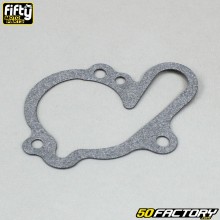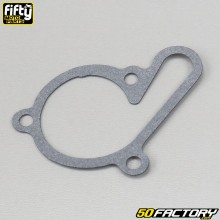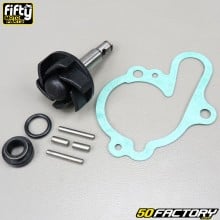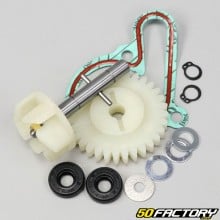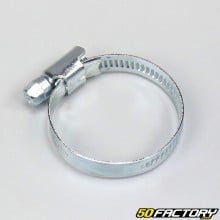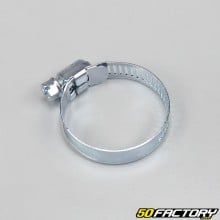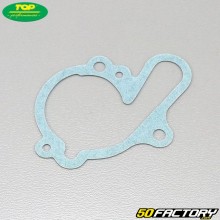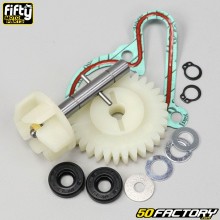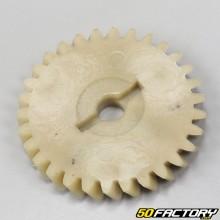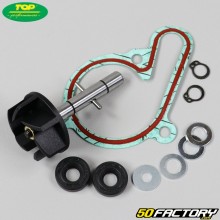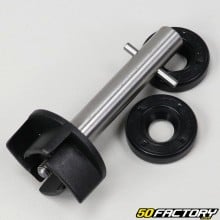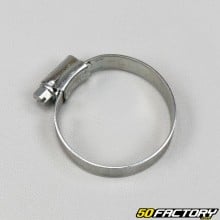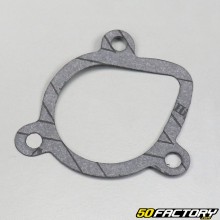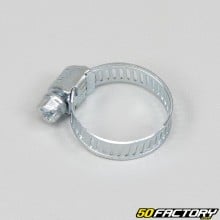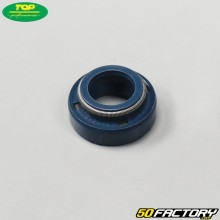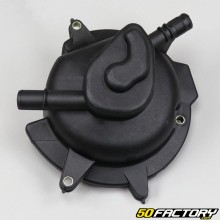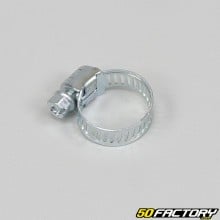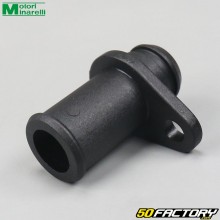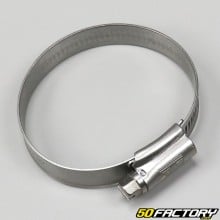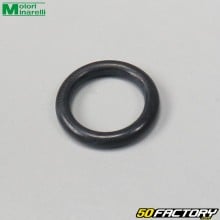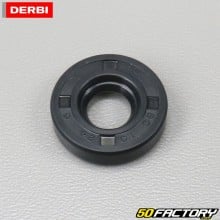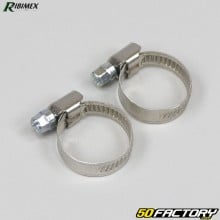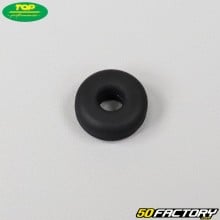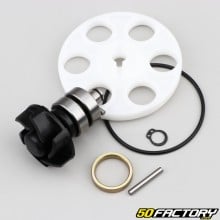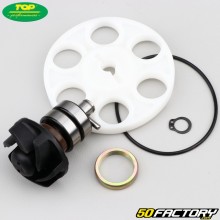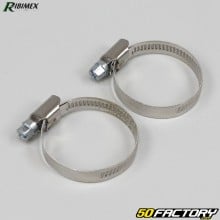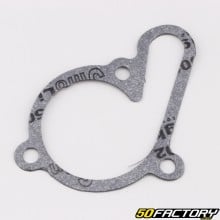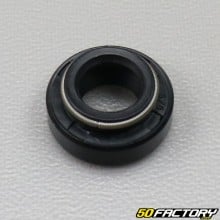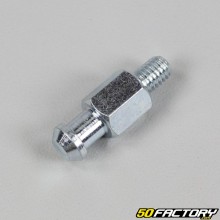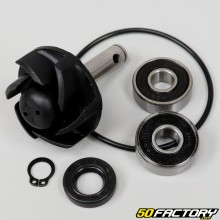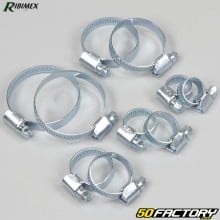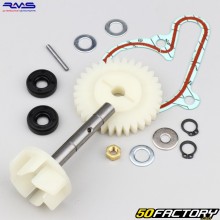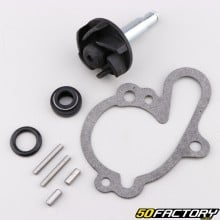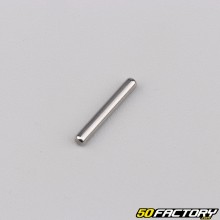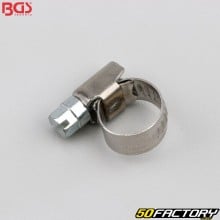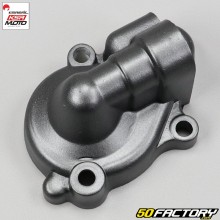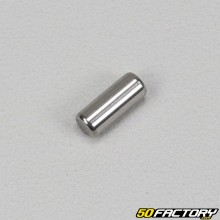 Water pump
Water pump
- IN STOCK1,50 €
- IN STOCK1,50 €
- IN STOCK10,50 €
- IN STOCK18,80 €
- IN STOCK1,70 €
- IN STOCK1,70 €
- STOCK EXHAUSTED13,40 €
- STOCK EXHAUSTED1,00 €
- IN STOCK15,80 €
- IN STOCK5,20 €
- STOCK EXHAUSTED16,10 €
- IN STOCK16,80 €
- IN STOCK1,70 €
- IN STOCK3,90 €
- IN STOCK2,20 €
- IN STOCK2,10 €
- IN STOCK3,80 €
- IN STOCK48,90 €
- IN STOCK3,40 €
- IN STOCK2,60 €
- STOCK EXHAUSTED2,00 €
- IN STOCK2,00 €
- IN STOCK1,00 €
- IN STOCK8,50 €
- IN STOCK2,60 €
- IN STOCK0,60 €
- IN STOCK19,20 €
-
- STOCK EXHAUSTED12,40 €
- IN STOCK2,60 €
- IN STOCK1,70 €
- IN STOCK3,30 €
- IN STOCK2,85 €
-
- IN STOCK5,70 €
- IN STOCK18,00 €
- IN STOCK24,20 €
- IN STOCK11,80 €
- IN STOCK0,90 €
- IN STOCK0,90 €
- STOCK EXHAUSTED11,20 €
- IN STOCK1,60 €
La water pump guarantees smooth circulation of the entire cooling system. Most water pumps are powered par a mechanical drive belt, which may vary depending on the vehicle model. Some mechanically driven water pumps are powered par an electric motor independent of the vehicle engine. It is a device which, despite its modest size, has a major impact on the overall functioning of your machine. Indeed, its role is crucial for maintaining an ideal operating temperature of the engine, thus preserving its long-term health and performance.
To find out everything about the cooling circuit, consult our guide: Understanding motorcycle engine cooling
The role of this element in a vehicle
Concretely, a water pump is part of the vehicle's cooling system. Its main function is to circulate the coolant in the engine in order to maintain optimal operating temperature. In other words, without this essential element working properly, the engine of your two-wheeler or quad risks overheating, which can quickly cause serious and costly damage. It is therefore a component on which you should not skimp, whether in terms of quality or maintenance.
As a component of the cooling system, the water pump therefore has an essential role in maintaining vehicle performance. Cooling the engine not only helps preserve its longevity, but also optimizes fuel consumption and reduces polluting emissions. In other words, this part contributes to the health of your engine and nothing less! It's a silent, but indispensable, partner for every journey you take.
The different types of this cooling element
There are two main types of water pumps on the market, each with their own unique and application-specific features. These types are mainly mechanical pumps and electric pumps. The choice between these two types depends mainly on the vehicle, its use and the owner's preferences.
The mechanical type
The mechanical water pump is the most commonly installed model, particularly on older vehicles. It is in principle driven par the engine's timing belt or accessory belt, meaning its flow rate is directly related to engine speeds. This dependence on engine speed has its advantages and disadvantages.
The electric type
The electric water pump, for its part, is relatively new on the market. As its name suggests, it is operated par an integrated electric motor. This means it can operate independently of engine speed, allowing finer regulation of engine temperature. This type of pump is generally used on modern and high-tech vehicles.
How does the water pump work?
Mechanical type operation
A mechanical water pump is directly connected to the rotation of the engine. When the engine is running, the drive par belt turns the pump rotor which, thanks to its fins, sucks in and delivers the coolant. This liquid then circulates through the engine block and radiator, absorbing and dissipating the heat produced par engine. It should be noted that the flow rate of the mechanical pump varies according to the engine speed, that is to say, it increases when the engine is used and decreases when the engine is idling. This direct relationship with engine speed ensures a rapid response to variations in engine temperature, thus allowing better thermal regulation.
Electric type operation
The electric water pump, on the other hand, works in a slightly different way. Being powered par an electric motor, it can operate at a constant speed, independently of the engine speed. This allows for more precise regulation of engine cooling, which can improve fuel efficiency and reduce pollutant emissions. The electric pump can even continue to operate when the engine is turned off, helping to prevent overheating after intensive driving. This type of water pump therefore offers increased flexibility, capable of adapting to the specific needs of the engine for optimal performance and efficiency.
Comparison of the two types
The two types of water pumps have different operations, each with its advantages. The more common mechanical pump is responsive to engine speed, while the more recent electric pump provides more precise and flexible regulation of engine temperature. The choice between these two types therefore depends on the specific needs of your vehicle and your preferences for performance and efficiency.
Choosing the right cooling device for your vehicle
Compatibility with the vehicle
To select the most suitable cooling equipment for your vehicle, the first thing to consider is compatibility. Indeed, each type of vehicle has its own specificities and requirements in terms of cooling. This is why it is strongly recommended to consult your vehicle's user manual or call a professional before making your choice. It is also important to consider the make and model of your vehicle, car some devices are specially designed for specific vehicles.
Item quality
The quality of the cooling equipment is another major issue. This is because poor quality equipment may not last long and may not provide effective engine cooling, which can lead to performance issues and even damage your engine. It is therefore recommended to choose a quality device, manufactured par a brand recognized for the reliability and performance of its products. Remember, investing in high-quality equipment can save you on repair costs in the long run.
Device performance
The performance of the cooling device is also a key criterion. A good water pump should ensure efficient circulation of the coolant, even under heavy use conditions. A good indicator of the performance of this equipment is its ability to ensure effective cooling of the engine, even in periods of high heat or during intensive use of the engine. In addition to this, a high-performance device should also be able to resist wear and corrosion, ensuring a longer lifespan.
The cost of the device
Finally, the cost of the cooling device is a factor to take into account. Although high-quality water pumps may be more expensive, they may prove more economical in the long run due to their durability and superior performance. It is therefore recommended to balance cost and quality when selecting your cooling equipment.
Maintaining this crucial element
Signs of failure of this device
Like any mechanical equipment, this key part can fail. Certain signs may indicate an imminent failure of this component. This could include engine overheating, reduced vehicle performance, coolant leaks around the unit, or abnormal noises coming from the device. If you observe any of these signs, it is recommended that you have your water pump inspected par a professional as soon as possible.
The primary cause of breakdown is wear of components, especially if the vehicle has high mileage. In fact, this mechanical part does not require any special maintenance. It is designed to last as long as your vehicle and is rarely checked. The use of coolant other than the recommended fluid may also result in a failure. The pump may be damaged if foreign bodies are present.rangers, dirt or various particles which may enter when updating the contents of the expansion tank or in the event of a fault in one of the components. A bodyranger, even small, can also hinder or cause damage to the impeller inside the pump. It is also possible that the propeller which generates the movement in the pump breaks. The pump, like any mechanical system, is equipped with mechanical parts such as the drive gear, impeller or pulley, which may be corroded, worn or broken due to corrosion, material wear or damage. a fault in the drive system.
The right actions to maintain this element
In order to extend the lifespan of this vital component and guarantee its optimal functioning, some best practices can be put in place. This includes regularly checking the level of your coolant, replace this fluid according to the manufacturer's recommendations, and monitor the condition of your timing belt, which drives the device on mechanical models.
Preventing Water Pump Problems
In addition to these practices, it is essential to adopt a preventive attitude to avoid potential problems with this element. Par For example, during regular checks, pay attention to the color and odor of the coolant. If they are unusual, the part may be failing. Additionally, avoid operating your vehicle when the engine is overheated.ar this may damage the unit.
Replacing a faulty water pump
The necessary tools
Replacing a water pump is an operation that requires some specific tools depending on the type of pump you have. Usually a socket and ratchet, screwdriver, metric wrench set, and hose clamp pliers should be sufficient. It would also be beneficial to have a drain tray pan to collect used coolant.
Steps to follow
First of all, it is imperative to refer to the vehicle manual to find out the exact procedure for replacing the water pump. It is also a good idea to equip yourself with a work lamp to illuminate your work space. Next, make sure you work in a clean environment to avoid contaminating the new coolant. Remember that once installed, the new pump must be purged according to the manufacturer's instructions to avoid the presence of air which could affect proper operation.
To help you, consider consulting our different tutorials here
Precautions to take
Replacing this critical component requires a certain level of technical skill. If you are unsure, it is best to leave this task to a professional to avoid damaging other parts of your vehicle.
Conclusion: The importance of this cooling device for the performance of your vehicle
To summarize, this mechanism is an essential player in the proper functioning of a vehicle. It optimizes engine cooling, thus increasing its performance and lifespan. This part, often overlooked, is nevertheless a precious ally for peaceful and efficient travel. Regular maintenance and replacement when necessary are therefore essential. Finally, remember that choosing a device of this type of quality, compatible with your vehicle, is a wise investment to ensure the reliability of your journeys.
Remember to check the other cooling categories to find all your parts: radiator cap, radiator hose , coolant, radiator, probe and thermostat, expansion tank.
























